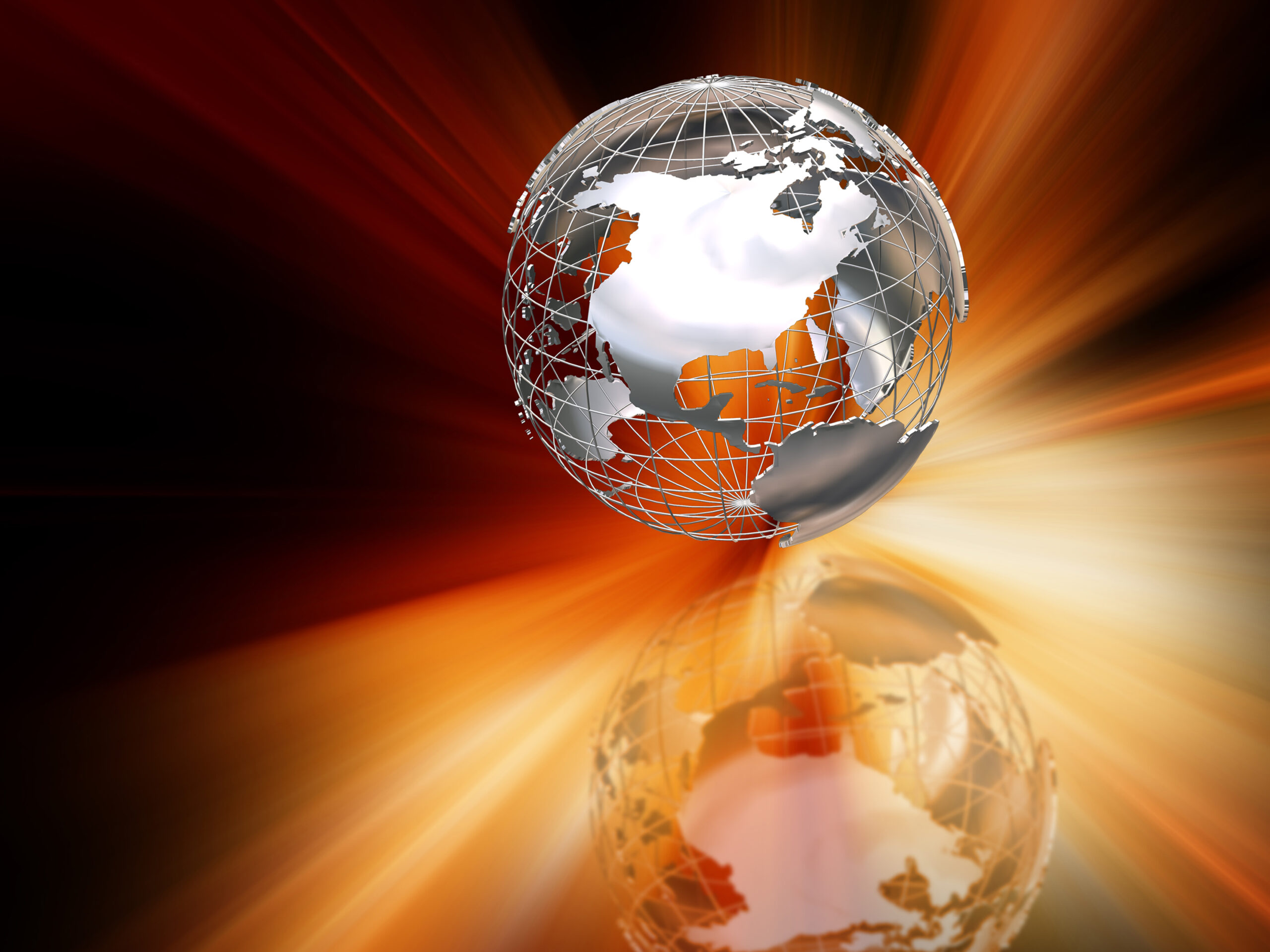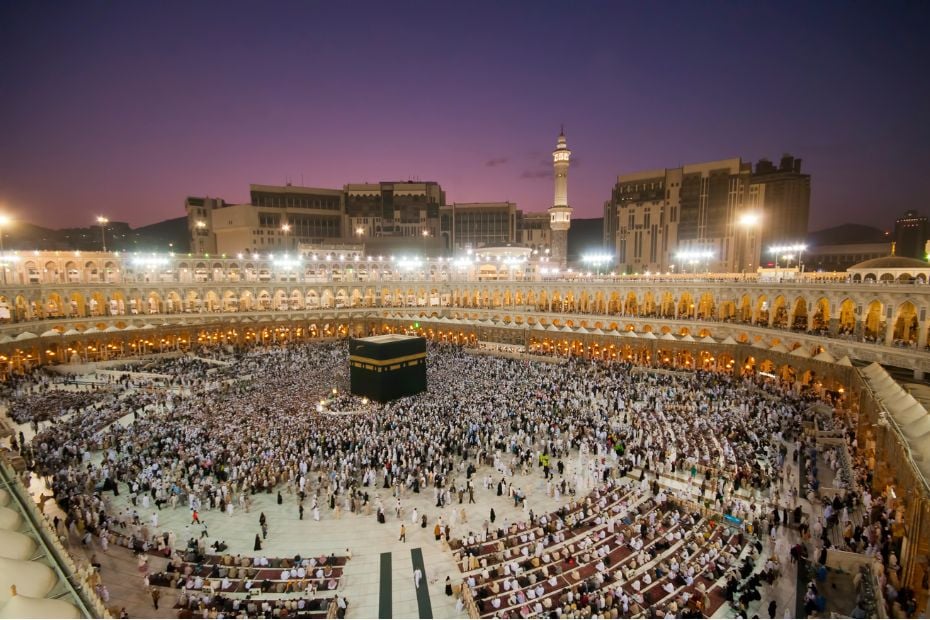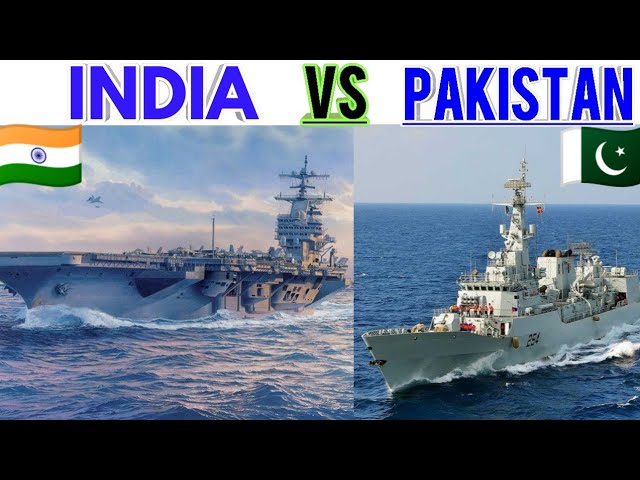Introduction: Clouds on the Economic Horizon
The International Monetary Fund (IMF) has issued a sobering warning: the global economy is heading into turbulent times. In its latest report, the IMF slashed its global output growth forecast to 2.8% for 2025, down from 3.3% in 2024. A primary factor? The lingering and escalating effects of former President Donald Trump’s trade war policies.
While the report casts a wide net—highlighting risks across developed and developing economies—it pins much of the slowdown on uncertainty. Economic performance is being destabilized not only by tariffs but also by broader geopolitical shifts. The quote from the IMF’s chief economist—“The global economic system that has operated for the past 80 years is being reset”—rings ominously true.
Let’s break down the layers of this economic shift, explore the sectors and regions most affected, and analyze the broader implications of these developments.
1. The Trade War Legacy: Still Casting Shadows
Tariffs and Protectionism
The economic consequences of Trump’s protectionist policies—once hailed by his supporters as a means to protect American industry—are now reverberating across the globe. The tariffs imposed on Chinese goods, and retaliatory actions from Beijing, led to billions in lost trade and disrupted global supply chains.
Key Effects:
- U.S. Inflation: Prices of imported goods have risen, feeding into inflationary pressures.
- Slower GDP Growth: The U.S. economy, which grew by over 3% in some quarters during the Trump presidency, is now projected to expand by just 1.9% this year.
- Corporate Investment: Business uncertainty has led to a slowdown in capital spending.
Global Repercussions
China, the European Union, and emerging markets have not been spared. Chinese exports have weakened amid a combination of tariffs and cooling global demand. The European Union, already grappling with internal debt and energy challenges, has also seen growth forecasts trimmed.
2. Investors Turn to Gold: The Flight to Safety
As global uncertainty intensifies, one asset has become the go-to for nervous investors: gold.
Why gold? Gold historically serves as a hedge against inflation, currency depreciation, and political instability. With market volatility on the rise, gold prices have hit record highs, reflecting investor sentiment more than underlying fundamentals.
- Safe-Haven Demand: With central banks buying aggressively and retail investors piling in, gold is becoming a centerpiece of diversified portfolios.
- Declining Confidence in Fiat Currencies: With the U.S. dollar under pressure and other currencies also devaluing, gold offers a sense of permanence in a shifting landscape.
3. Policy Disarray and Government Dysfunction
Economic uncertainty is compounded by political chaos in Washington. Key departments are undergoing shake-ups that further erode global confidence.
State Department Cuts
Secretary of State Marco Rubio’s reorganization, which includes dismantling an office tasked with promoting American democratic values, signals a retreat from soft power diplomacy. This has serious long-term implications for U.S. influence abroad.
Pentagon Turmoil
The Defense Department, under Pete Hegseth, is in disarray. The erosion of institutional stability in one of the world’s most powerful military organizations contributes to geopolitical risk and economic unpredictability.
4. Global Institutions Under Fire
This week’s IMF and World Bank meetings in Washington are set against a backdrop of existential questioning. Both institutions are under pressure from the Trump camp, which has long viewed them as bloated and ineffective.
Challenges Facing the IMF and World Bank
- Relevance: Critics argue the institutions have failed to adapt to the rise of China and India.
- Leadership Crisis: Internal reform efforts are hampered by political infighting.
- U.S. Skepticism: The Trump administration’s disdain for multilateralism has weakened their traditional support base.
The Need for Reform
To regain credibility, these institutions may need to:
- Broaden voting rights to reflect the economic weight of emerging markets.
- Focus on debt sustainability and climate-related economic risks.
- Modernize their frameworks to address digital and post-globalization challenges.
5. The Immigrant Crisis and Human Rights Overshadow Growth
Economic forecasts cannot ignore the social and humanitarian backdrop. Reports of an immigrant in U.S. custody disappearing, possibly deported with no record, cast a spotlight on governance failures. Such incidents, while not directly linked to GDP, affect investor perception and international credibility.
6. Higher Education in the Crosshairs
Over 180 higher education leaders recently condemned the Trump administration’s interference in universities, especially in matters of funding and academic independence.
Why This Matters Economically:
- Innovation: Universities drive R&D and tech innovation, critical for long-term growth.
- Talent Pipelines: Restrictive policies could deter international students and researchers.
- Reputation Risk: Academic freedom is a hallmark of economic dynamism.
Harvard, and other top-tier institutions, are now at the center of legal and ideological battles that could shape the future of U.S. intellectual capital.
7. The Broader Economic Implications: De-Globalization Accelerates
Trump’s policies have catalyzed a trend that was already brewing—de-globalization.
Reshoring and Supply Chain Realignment
- Companies are reassessing global supply chains, opting for resilience over cost efficiency.
- New manufacturing hubs are emerging outside China, including in Vietnam, India, and Mexico.
Fragmentation of Trade Alliances
- Regional blocs are gaining prominence (e.g., RCEP in Asia).
- The WTO’s authority continues to wane amid non-compliance and lack of reform.
8. The Long-Term Reset: A New Economic Paradigm?
The IMF’s statement about the “reset” of the economic system is not mere rhetoric.
Indicators of a Paradigm Shift:
- From Hyper-Globalization to Regionalism
- From Efficiency to Resilience in Business Models
- From U.S.-Centric Institutions to Multipolar Governance
This transition will not be smooth. There will be winners (countries that adapt quickly) and losers (those caught between old models and new realities).
Conclusion: Preparing for a Uncertain Future
The world economy is navigating a phase of profound transition. The legacy of Trump’s trade war, combined with geopolitical instability and institutional uncertainty, has created a highly fragile global environment. While gold soars and policymakers meet behind closed doors, ordinary citizens and small businesses brace for the ripple effects.
What can be done?
- Policymakers must prioritize clarity and multilateral cooperation.
- Businesses must invest in risk management and diversification.
- Individuals should seek financial literacy and resilience in their personal economics.
As the old order frays, a new one will emerge. Whether it’s more equitable or chaotic depends on the decisions made now.



